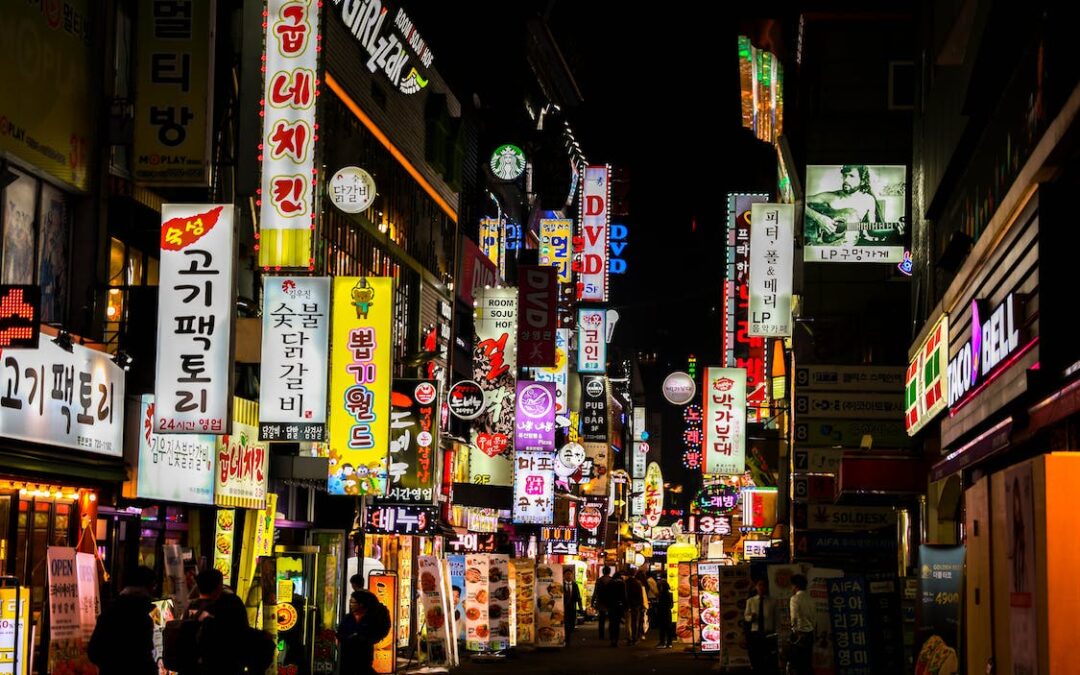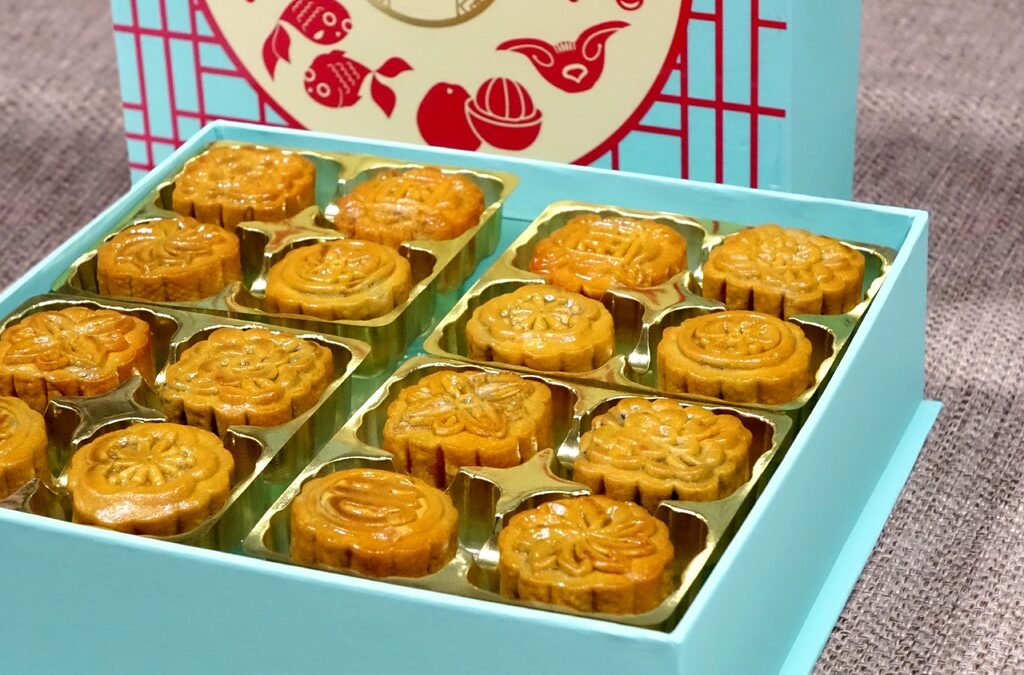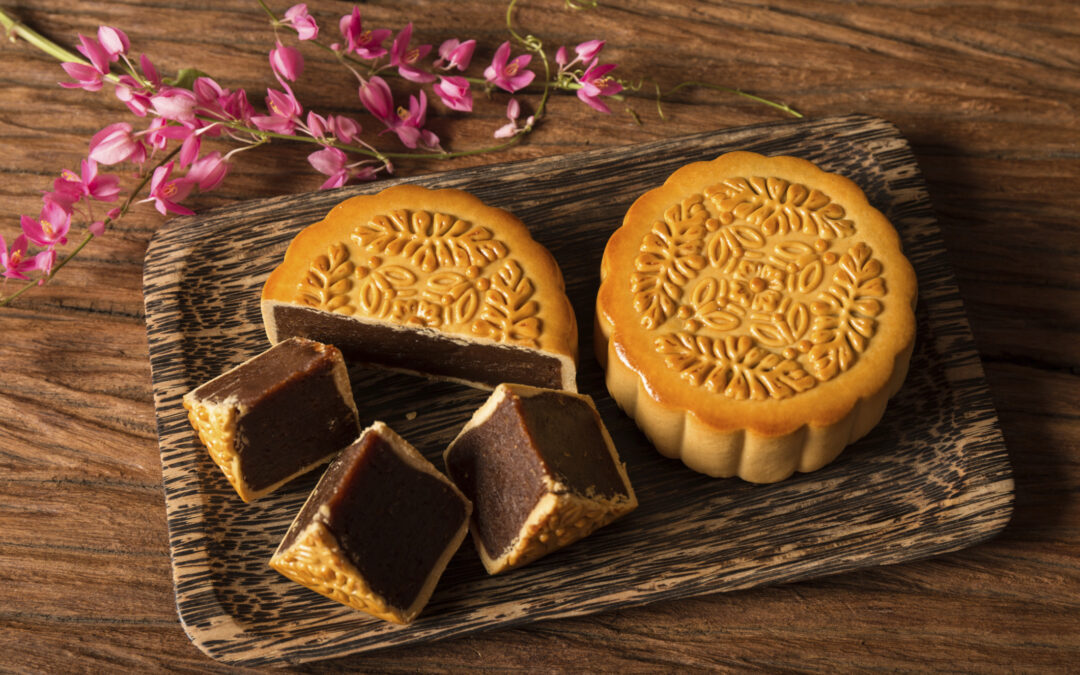
Hangeul Day
In order to comprehend this celebration, you need to know that the Korean alphabet is known as Hangeul (한글) in South Korea. The Korean Alphabet Day, or Hangeul Day (한글날 – hangeul nal), is celebrated on October 9th. Annually, Korean people commemorate this date by having a day off. But, why is Hangeul so important that it has its own day? Let us show you the reason.
Korean handwriting was based on chinese characters named Hanja. As it was quite difficult to be taught, only a few upper-class members were able to learn it, and this remained until the 15th Century. King Sejong realised about this situation in 1443 and decided to create an alphabet for his people. This alphabet had to be easy to learn and easy to use for everyone. This is how Hangeul was born an introduced to the country in 1446.
Hangeul turned out to be a simple writing system that encompasses 14 consonants and 10 vowels. Just like the replaced Chinese characters, Korean alphabet letters are structured as squares. Hence it assists when identifying the meaning of both languages’ characters. As it was created to be easy to learn and easy to use, anyone in and out of Korea can learn Hangeul’s usage with a little bit of effort and practice.
In order to celebrate Hangeul Day, some people visit the Hangeul National Museum to learn more about its history and evolution. Although, the majority prefer to enjoy their day off staying at home.
It is important to mention that Hanja characters did not disappear at all as they continue to be used in many ways, for instance, in calendars. Yet, Hangeul is the most used writing system in all of South Korea. In addition, unlike the former, North Korea named Chosŏn’gŭl (조선 글) to this alphabet. Thus, the Chosŏn’gŭl Day (조선글날 – chosongul nal) is celebrated on January 15th.


